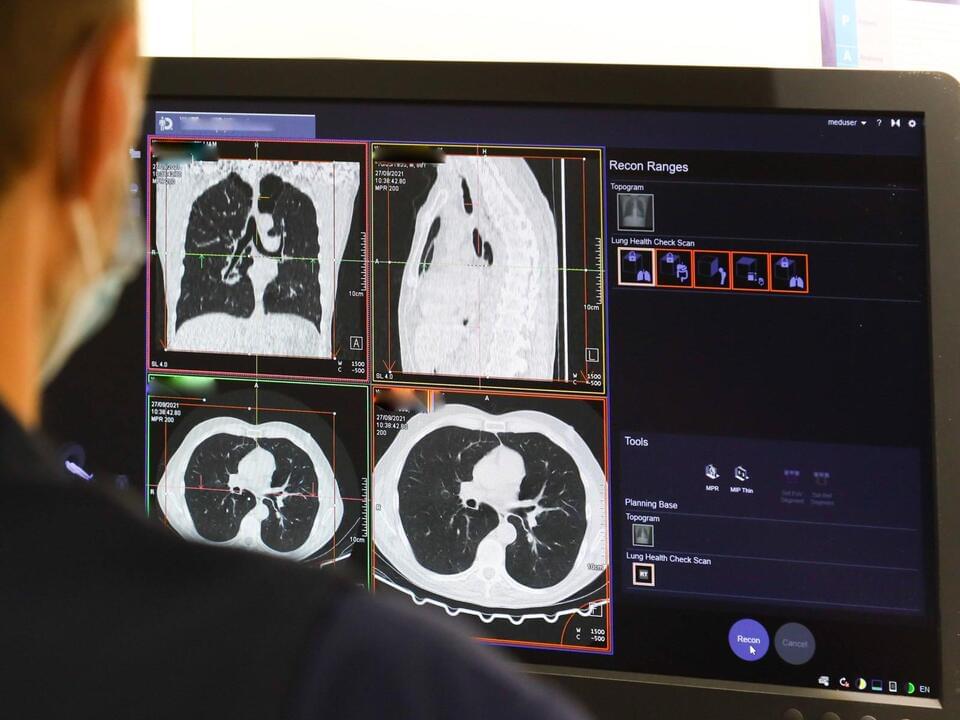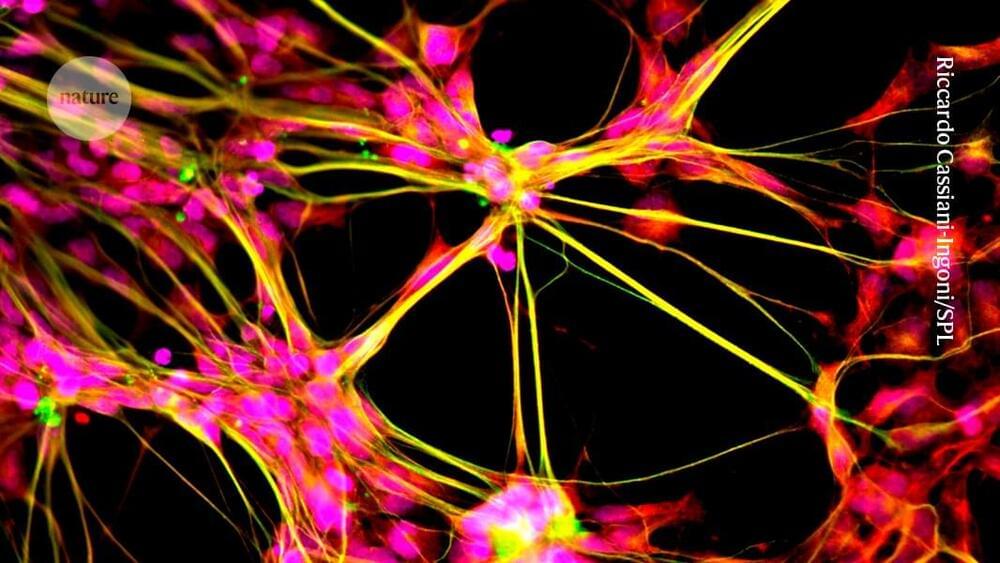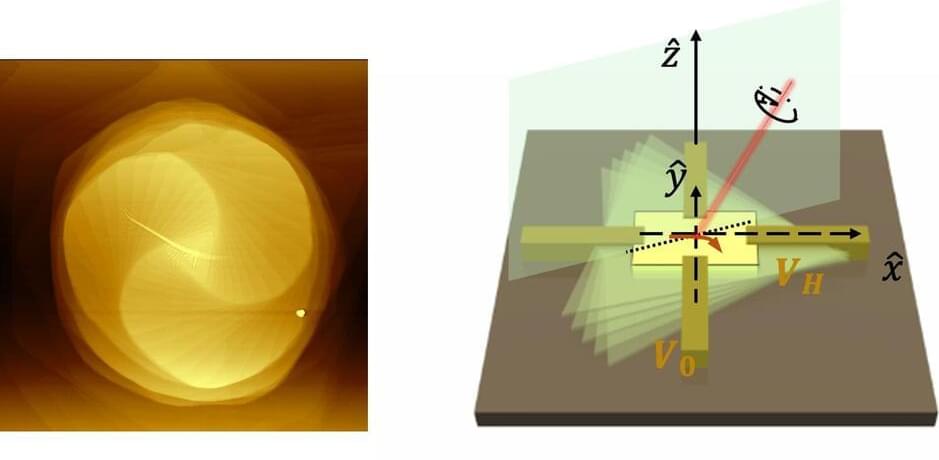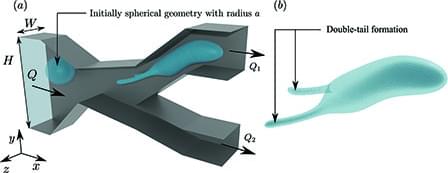Investment in large neuroscience initiatives is starting to show results, but questions remain over whether they can solve the most fundamental questions about cognition.



El Cosmico Campground Hotel in the Texas desert is billed as the world’s first 3D-printed hotel. Following the project’s announcement earlier this year, 3D-printed architecture firm Icon is busy constructing the ambitious hotel.
El Cosmico is an expansion and reimagining of an already-existing campground hotel on the outskirts of Marfa, Texas. According to Icon, it will include camping areas, vacation homes, shared amenities, and permanent residences for sale. Connected to the hotel is the collection of the BIG-designed three and four-bedroom “Sunday Homes.” Pricing on the Sunday Homes starts at a cool $2.29M.
The company says the new hotel and homes feature organic curves and domes, a design that is only possible with 3D printing. The project was created in collaboration with architecture firm BIG-Bjarke Ingels Group.

Scientists are using advanced simulations to explore the aftermath of neutron star collisions, where remnants might form and avoid collapsing into black holes.
This research not only sheds light on the dynamics and cooling of these remnants through neutrino emissions but also provides crucial insights into the behavior of nuclear matter under extreme conditions. The findings contribute to our understanding of astronomical events and the conditions that may or may not lead to black hole formation.
Mysterious aftermath of neutron star collisions.


The foundation of this simulation, as described by the team, is a well-known cosmological model that describes the universe as expanding uniformly over time. The researchers modeled how a quantum field, initially in a vacuum state (meaning no particles are present), responds to this expansion. As spacetime stretches, the field’s oscillations mix in a process that can create particles where none previously existed. This phenomenon is captured by a transformation that relates the field’s behavior before and after the universe expands, showing how vibrations at different momenta become entangled, leading to particle creation.
To understand how many particles are generated, the researchers used a mathematical tool called the Bogoliubov transformation. This approach describes how the field’s vacuum state evolves into a state where particles can be detected. As the expansion rate increases, more particles are produced, aligning with predictions from quantum field theory. By running this simulation on IBM quantum computers, the team was able to estimate the number of particles created and observe how the quantum field behaves during the universe’s expansion, offering a new way to explore complex cosmological phenomena.
According to the team, the most notable result of the study was the ability to estimate the number of particles created as a function of the expansion rate of the universe. By running their quantum circuit on both simulators and IBM’s 127-qubit Eagle quantum processor, the researchers demonstrated that they could successfully simulate particle creation in a cosmological context. While the results were noisy—particularly for low expansion rates—the error mitigation techniques used helped bring the outcomes closer to theoretical predictions.

Bioengineered breast reconstruction and augmentation — dr. luba perry, phd — CEO, reconstruct bio.
Dr. Luba Perry, Ph.D. is Co-Founder and CEO of ReConstruct Bio (https://wyss.harvard.edu/technology/r…), an innovative venture emerging from Harvard’s Wyss Institute (https://wyss.harvard.edu/team/advance…), aimed at redefining the fields of medical reconstruction and aesthetics with an initial application of their groundbreaking technology on breast reconstruction and augmentation. With a multidisciplinary team of experts, the ReConstruct Bio team has developed the BioImplant—a living, bioengineered tissue created from the patient’s own cells, to provide safer, more natural alternative to current standards, which are often associated with significant drawbacks and health concerns.
Dr. Perry also serves as a Senior Scientist at the Wyss Institute for Biologically Inspired Engineering working at the 3D Organ Engineering Initiative since 2018 and is leading a Wyss Validation Project aiming to fabricate vascularized functional tissues for transplantation. Her interest is in tissue and organ engineering, focusing on vascularization and implantation studies utilizing complex surgical models.
Dr. Perry’s background is in molecular biology, pharmacology, and biomedical engineering, with a Bachelor of Science — BS, Biology, Master of Science — MS, Molecular Pharmacology, and a Doctor of Philosophy — PhD, Biotechnology, all from Technion — Israel Institute of Technology. She also has industry experience in a vascular gene therapy company (MGVS, now VESSL Therapeutics).
#LubaPerry #Harvard #WyssInstitute #ReConstructBio #Aesthetics #3DOrganEngineering #BreastReconstruction #BreastAugmentation #Vascularization #Innervation #Fat #AdiposeTissue #BreastImplants #Organogenesis #OrganEngineering #TissueEngineering #Bioengineering #Organs #Tissues #MolecularPharmacology #Breasts #Nipples.

In 2018, a discovery in materials science sent shock waves throughout the community. A team showed that stacking two layers of graphene—a honeycomb-like layer of carbon extracted from graphite—at a precise “magic angle” turned it into a superconductor, says Ritesh Agarwal of the University of Pennsylvania.

The physics of drop motion in microchannels is fundamental to provide insights when designing applications of drop-based microfluidics. In this paper, we develop a boundary-integral method to simulate the motion of drops in microchannels of finite depth with flat walls and fixed depth but otherwise arbitrary geometries. To reduce computational time, we use a moving frame that follows the droplet throughout its motion. We provide a full description of the method, including our channel-meshing algorithm, which is a combination of Monte Carlo techniques and Delaunay triangulation, and compare our results to infinite-depth simulations. For regular geometries of uniform cross section, the infinite-depth limit is approached slowly with increasing depth, though we show much faster convergence by scaling with maximum vs average velocities. For non-regular channel geometries, features such as different branch heights can affect drop partitioning, breaking the symmetric behavior usually observed in regular geometries. Moreover, non-regular geometries also present challenges when comparing the results for deep and infinite-depth channels. To probe inertial effects on drop motion, the full Navier–Stokes equations are first solved for the entire channel, and the tabulated solution is then used as a boundary condition at the moving-frame surface for the Stokes flow inside the moving frame. For moderate Reynolds numbers up to Re = 5, inertial effects on the undisturbed flow are small even for more complex geometries, suggesting that inertial contributions in this range are likely small. This work provides an important tool for the design and analysis of three-dimensional droplet-based microfluidic devices.
